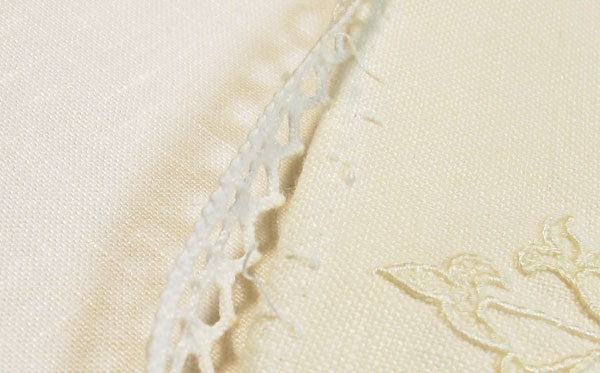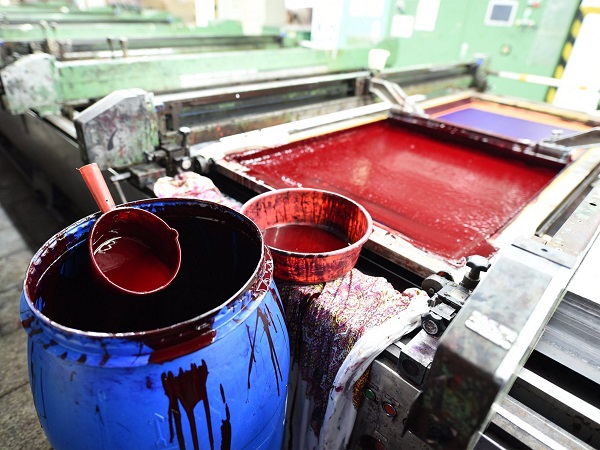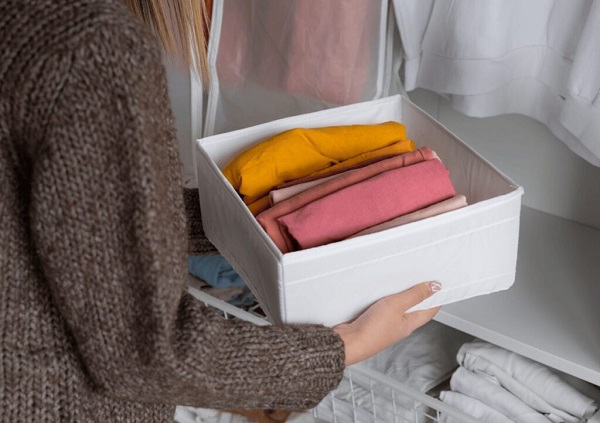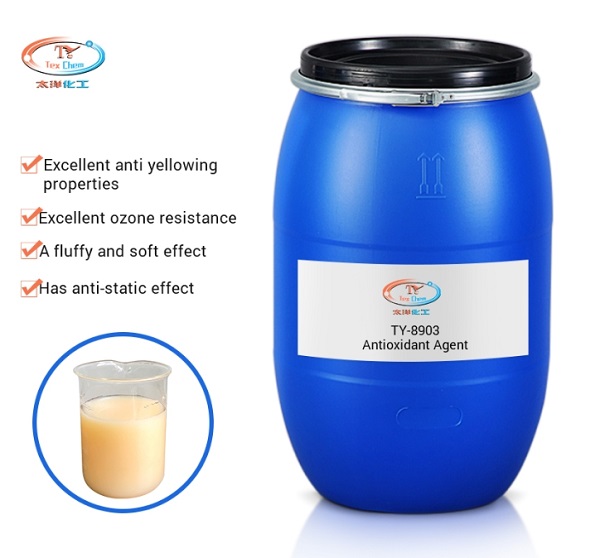

Imagine this scenario: a batch of pristine, white fabric sits in your warehouse, ready for production. But when you pull it out weeks later, you discover a dreaded yellowish tint. This costly problem, known as fabric yellowing, can lead to rejected orders and significant financial loss. Why does fabric yellowing occur, and more importantly, what can you do to stop it? This guide will provide manufacturers with a clear strategy to combat yellowing, from understanding its causes to implementing effective chemical solutions. Don't let yellowing compromise your standards; explore our advanced textile auxiliaries to protect your products.

To effectively prevent fabric yellowing, we must first understand its origins. It's rarely a single issue but rather a combination of factors related to the fiber itself, chemical interactions, and environmental exposure.
All textile fibers are subject to natural aging. Fiber degradation is a primary cause of yellowing, especially in natural fibers like cotton, which contain lignins that can oxidize and turn yellow over time. Synthetic fibers like nylon are also prone to yellowing due to the oxidation of their polymer chains, a process that can be accelerated by heat and light.
The textile manufacturing journey involves many chemicals. If not properly removed during the washing process, leftover chemical residues can become a major problem. For example, residual alkali from scouring or mercerizing can cause yellowing during high-temperature storage or finishing. This is why a thorough pretreatment and rinse are critical for maintaining fabric quality.

The environment your fabric is stored in plays a huge role. Exposure to high heat, UV light, and atmospheric pollutants like nitrogen oxides (NOx) can trigger chemical reactions that lead to yellowing. These storage conditions are often overlooked but are a frequent source of post-production quality issues, particularly in industrial areas or during long-term storage.
The best defense against fabric yellowing is a proactive, multi-faceted strategy. By optimizing your processes and using the right protective agents, you can significantly reduce the risk of this costly issue.
A clean fabric is a stable fabric. Ensure your pretreatment process effectively removes all impurities and that your final wash neutralizes any residual chemicals. Pay close attention to pH levels and rinsing efficiency. A well-executed washing cycle is your first line of defense and is fundamental to preventing many types of chemical residues from causing future problems.
Control what you can. Store finished fabrics in a cool, dark, and dry environment with controlled humidity. Use protective packaging that shields the material from light and atmospheric contaminants. Proper storage conditions are a simple yet highly effective way to prevent environmental factors from causing fiber degradation and yellowing.

For ultimate protection, incorporating a specialized chemical solution is key. Antioxidant agents for fabric are designed to neutralize the free radicals that cause oxidative yellowing. These powerful textile auxiliaries act as a shield, protecting the fibers from degradation caused by heat, light, and chemical reactions, making them an essential tool for manufacturers of high-value goods.
At Taiyang Chemical, we developed TY-8903, a high-performance antioxidant agent for fabric, specifically to solve the yellowing problem. This advanced non-yellowing textile chemical provides robust protection for a variety of fibers, ensuring your products maintain their original color and quality.

TY-8903 works at a molecular level. It actively seeks out and neutralizes oxidizing agents before they can attack the fabric's fibers. By interrupting the chemical chain reaction of yellowing, it provides long-lasting protection during storage, transportation, and even after the garment reaches the consumer.
Integrating TY-8903 into your process is straightforward. It can be applied during the finishing stage using a padding or exhaustion method. The specific dosage depends on the fiber type and the level of protection required. For detailed instructions and to ensure optimal results, it's always best to consult the technical data sheet or [speak with one of our technical experts](https://www.textilechemicals-ty.com/contact/.
A major denim washing plant was struggling with yellowing on light-washed jeans during storage. After incorporating TY-8903 into their final rinse, they reported a 75% reduction in yellowing-related complaints and rejections. This not only saved them money but also enhanced their reputation for high fabric quality.
While an antioxidant is crucial, a truly effective strategy involves considering every chemical in your process. Using auxiliaries specifically designed to be non-yellowing creates multiple layers of protection.
For light-colored fabrics, the choice of softener is critical. Many traditional softeners can cause yellowing, especially under heat. A low-yellowing softener like our TY-8809A2 is formulated to provide excellent softness without impacting the shade. This ensures that the final hand feel is luxurious and the color remains true.
Similarly, the fixing agent used to lock in color can also be a source of yellowing. Selecting a high-quality, non-yellowing fixing agent is essential, particularly for pastel and bright shades. This ensures long-term color stability and prevents yellowing over time.
Fabric yellowing is a preventable problem. By understanding its root causes, optimizing your processes, and incorporating advanced textile auxiliaries like the TY-8903 antioxidant and low-yellowing softener options, you can protect your products and your profits. Smart chemistry is the key to maintaining pristine fabric quality from the factory to the customer. Don't let yellowing compromise your product quality. Explore how our non-yellowing textile chemical solutions can protect your investment.
1. Can yellowing on fabric be reversed? Reversing severe yellowing is very difficult and often impossible without damaging the fabric. In some minor cases caused by surface contaminants, a specialized cleaning process might help. However, prevention is by far the most effective and economical strategy.
2. Does TY-8903 antioxidant agent affect the fabric's hand feel? No. TY-8903 is designed to be highly effective without altering the fabric's physical properties. It does not affect the hand feel, softness, or breathability of the treated material, making it suitable for even the most delicate textiles.
3. How do I know if I need a low-yellowing softener? If you are producing white, pastel, or very light-colored fabrics, a low-yellowing softener is highly recommended. It is also essential if your fabrics will be exposed to high temperatures during drying or finishing. You can always request a sample to test on your specific fabric.
4. What is the shelf life of fabrics treated with antioxidant agents? Fabrics treated with a high-quality antioxidant agent like TY-8903 have significantly extended shelf life and resistance to yellowing. The protection is durable and can last through shipping, long-term storage, and even on the retail floor, ensuring the product reaches the customer in perfect condition.
